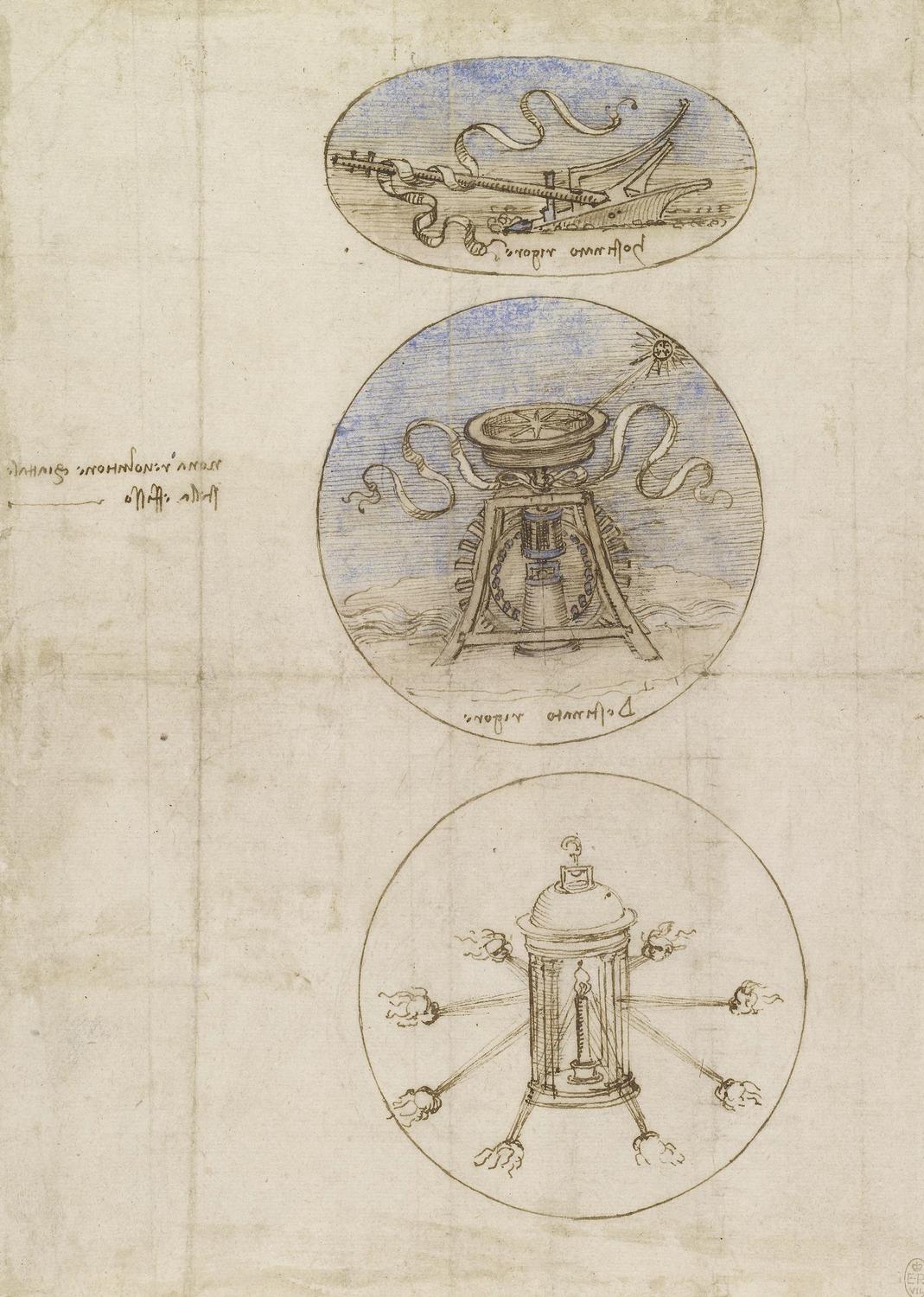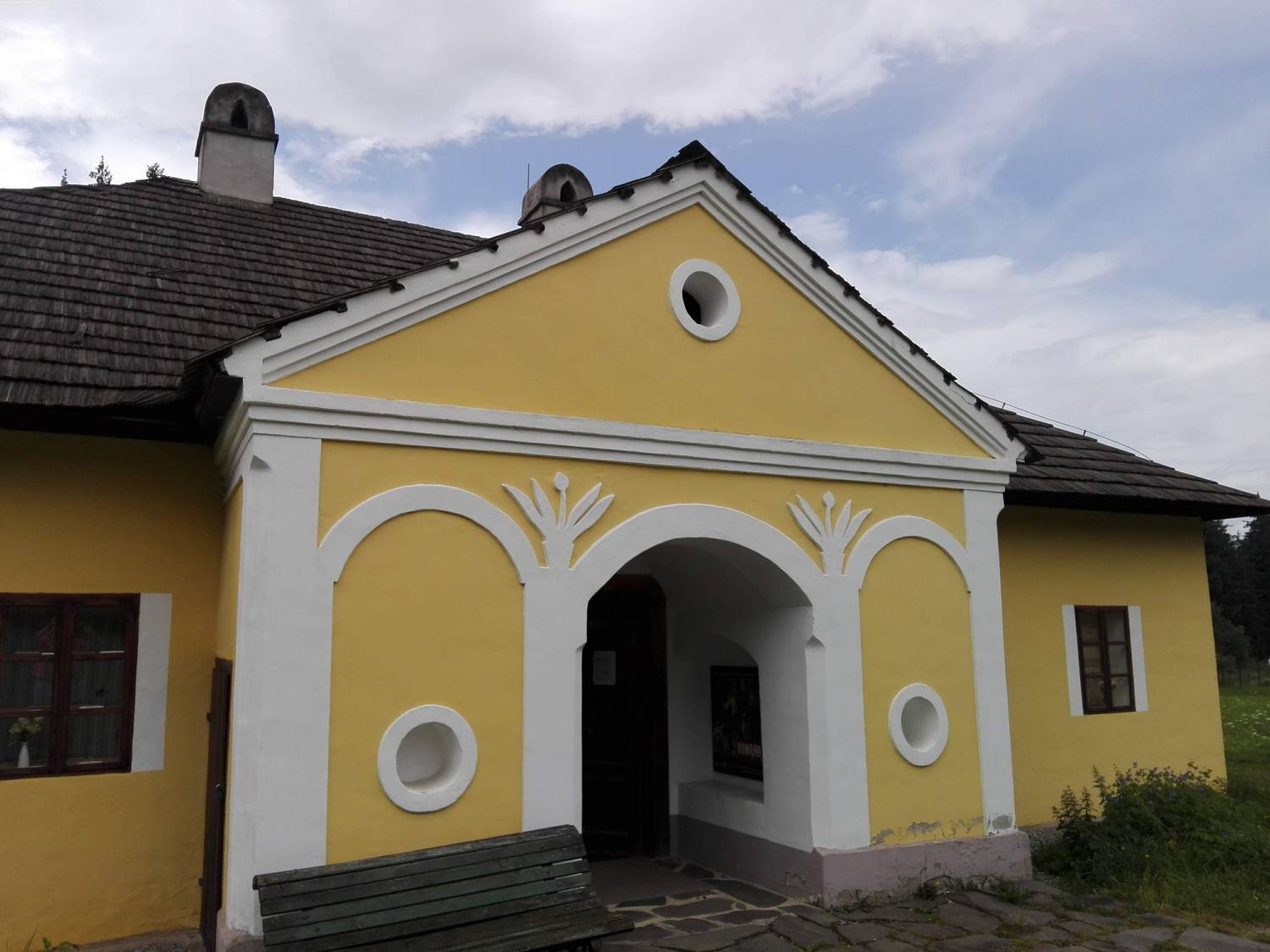The Da Vinci Code And The History Of Religious Symbolism

Table of Contents
Decoding the Symbols: Key Religious Symbols in The Da Vinci Code
The Da Vinci Code masterfully employs religious iconography to weave a narrative of intrigue and suspense. The novel's power lies in its ability to take familiar Christian symbolism and imbue it with new, often controversial, meanings. Let's examine some key symbols:
-
The Holy Grail: Often associated with the cup used by Jesus at the Last Supper, the Grail's symbolic evolution spans centuries. In The Da Vinci Code, it transcends its traditional religious connotations to represent a lineage and a secret. Its portrayal taps into the enduring allure of this legendary artifact, representing both spiritual purity and hidden knowledge.
-
The Rose Line: This fictional element in the novel connects to the concept of sacred geometry, frequently found in religious art and architecture throughout history. Its inclusion adds another layer of esoteric symbolism, suggesting a hidden connection to ancient practices and beliefs. The Rose Line acts as a visual metaphor for a hidden path or secret knowledge.
-
The Priory of Sion: The novel portrays the Priory of Sion as a powerful, secret society protecting a hidden truth about Jesus and Mary Magdalene. While the Priory did exist historically, its true nature and activities differ significantly from the novel's depiction. This illustrates the novel's use of historical facts to build a fictional narrative.
-
The Feminine Principle in Christianity: The Da Vinci Code centers on the interpretation of Mary Magdalene as Jesus' wife and a key figure in early Christianity, challenging traditional patriarchal interpretations of the faith. This reimagining of religious history generates significant debate, showcasing the potential of Christian symbolism to represent alternative perspectives. The novel highlights the often-suppressed role of women within established religious narratives.
!
!
!
Historical Context: Tracing the Origins of Religious Symbolism
Religious symbolism is a complex and multifaceted phenomenon, evolving across diverse faiths and cultures for millennia. Understanding the historical context of these symbols is essential to deciphering their significance.
-
Early Christian Symbolism: The early Church adopted and adapted existing symbols, often using fish (ichthys) or the Chi Rho (XP) symbol to secretly identify themselves during times of persecution. These early forms of Christian symbolism were discreet and adaptable to varied contexts.
-
Medieval Iconography: Medieval art and architecture are replete with religious symbols, often used to communicate complex theological concepts to a largely illiterate population. Think of stained-glass windows, illuminated manuscripts, and intricate carvings in cathedrals; all rich with symbolic meaning.
-
Evolution of Christian Symbolism: Christian symbolism evolved significantly over time, reflecting theological shifts and changing cultural contexts. Symbols once central to the faith may have diminished in importance, while new symbols emerged to express contemporary religious beliefs.
-
Esoteric and Occult Traditions: Esoteric and occult traditions have profoundly influenced the interpretation of religious symbols throughout history. These traditions often offer alternative, sometimes mystical, readings of established religious imagery, adding another layer of complexity to their meaning.
Fact vs. Fiction: Separating Truth from Interpretation in The Da Vinci Code
While The Da Vinci Code sparked significant interest in religious symbolism, it's crucial to distinguish between historical fact and fictional interpretation.
-
Historical Inaccuracies: The novel's portrayal of historical figures and events has been criticized for inaccuracies and selective use of historical evidence. Scholars have pointed out inconsistencies and unsubstantiated claims within the narrative.
-
Scholarly Criticisms: Numerous scholarly articles and books have challenged the novel's historical interpretations. These critiques highlight the importance of relying on verifiable historical evidence rather than fictional narratives when studying religious history.
-
Fictional Narrative: The Da Vinci Code is, fundamentally, a work of fiction. It uses historical elements to create a compelling story, but it does not represent a historically accurate account of events. This blurring of lines between fiction and reality has fueled debates and controversy.
-
Alternative Perspectives: Understanding the varied interpretations of religious symbols requires examining diverse scholarly perspectives and acknowledging the nuances of historical evidence. This allows for a richer and more informed appreciation of the symbols themselves.
The Enduring Power of Religious Symbolism
Religious symbols continue to hold immense power and influence in modern society, transcending their historical origins.
-
Contemporary Religious Art: Contemporary artists continue to engage with religious symbolism, reinterpreting and reimagining traditional imagery in diverse and innovative ways.
-
Symbolism in Film and Literature: Religious symbols frequently appear in contemporary film and literature, often used to convey complex themes or explore profound human experiences. Their use adds layers of meaning and resonance to creative works.
-
Psychological Impact: Religious symbols have a powerful psychological and emotional impact on individuals and communities, shaping beliefs, values, and cultural identities. This impact demonstrates their lasting influence on both individual and collective psychology.
Unlocking the Mysteries: A Deeper Look at The Da Vinci Code and Religious Symbolism
The Da Vinci Code serves as a compelling entry point into the fascinating world of religious symbolism, albeit one requiring critical engagement. While the novel's historical accuracy is debatable, its impact on popular interest in religious iconography and ancient mysteries is undeniable. Understanding the historical context of these symbols is paramount, allowing us to appreciate both their enduring power and the crucial distinction between factual historical accounts and fictional interpretations. Continue your exploration of The Da Vinci Code and the history of religious symbolism by researching the historical context of each symbol individually – delve deeper into the fascinating world of religious iconography by exploring reputable historical texts and academic resources.

Featured Posts
-
 Tory Lanez And Megan Thee Stallion Deposition Interference Allegations
May 13, 2025
Tory Lanez And Megan Thee Stallion Deposition Interference Allegations
May 13, 2025 -
 Miami Open Final Sabalenka Defeats Pegula
May 13, 2025
Miami Open Final Sabalenka Defeats Pegula
May 13, 2025 -
 Romov Muzikalna Zgodovina V Prekmurju
May 13, 2025
Romov Muzikalna Zgodovina V Prekmurju
May 13, 2025 -
 Promosi Terhad Tempah Byd Ev Di Pameran Automotif Mas 2025 And Nikmati Konsert Rentak Elektrik
May 13, 2025
Promosi Terhad Tempah Byd Ev Di Pameran Automotif Mas 2025 And Nikmati Konsert Rentak Elektrik
May 13, 2025 -
 7 Return Analyzing Salman Khans Recent Box Office Underperformance
May 13, 2025
7 Return Analyzing Salman Khans Recent Box Office Underperformance
May 13, 2025
